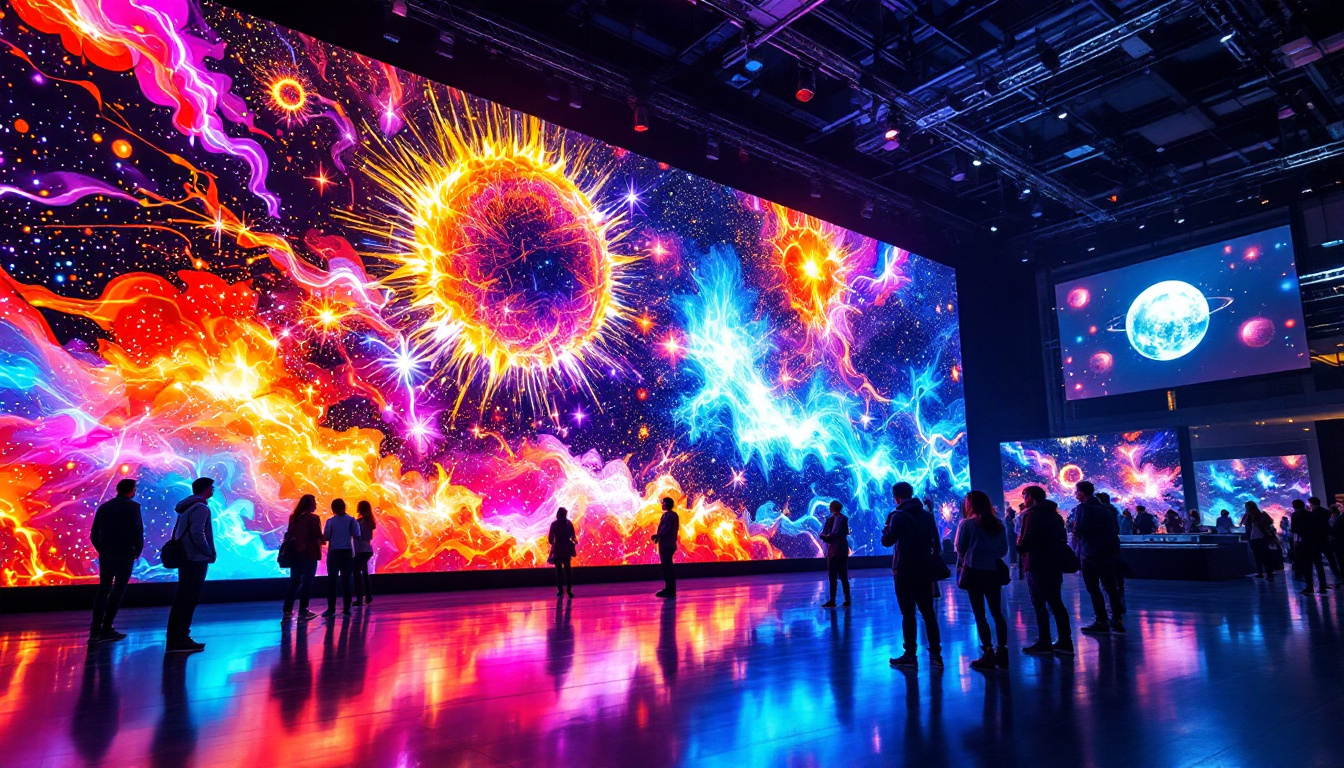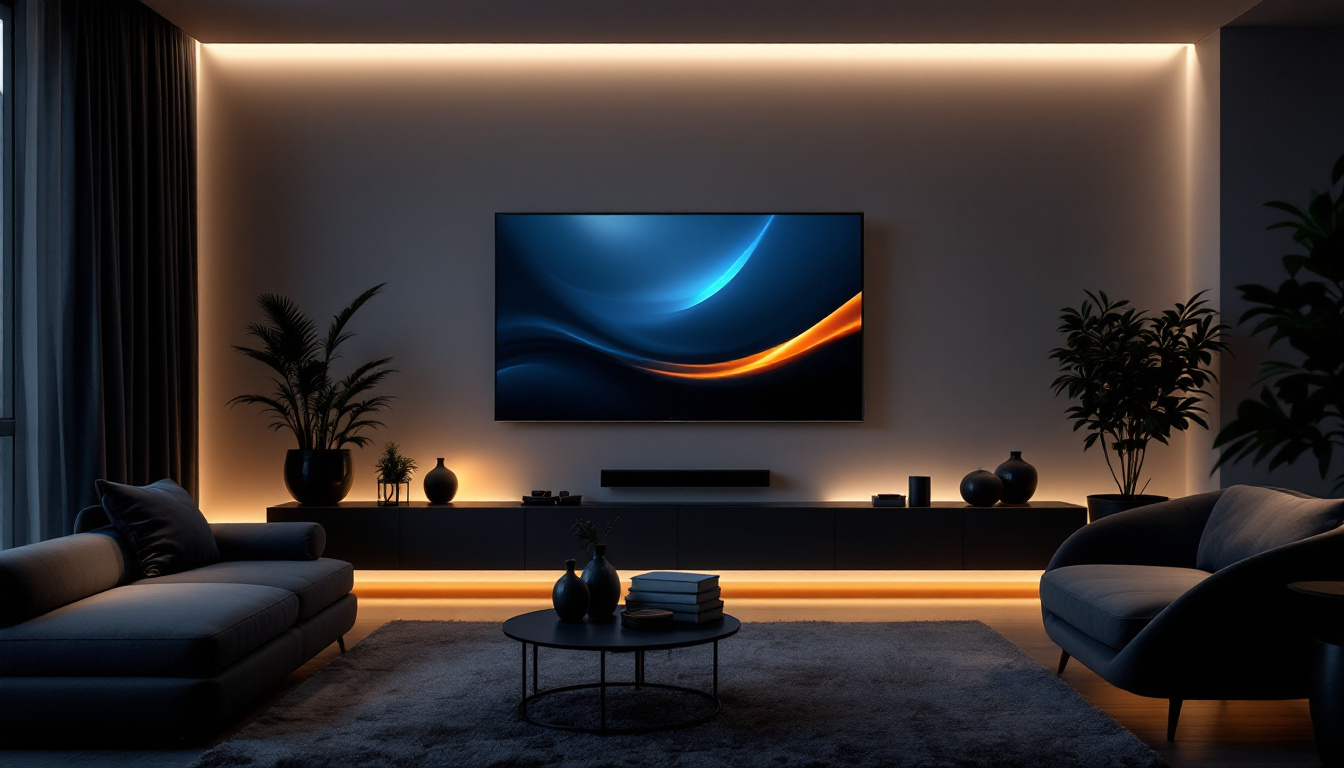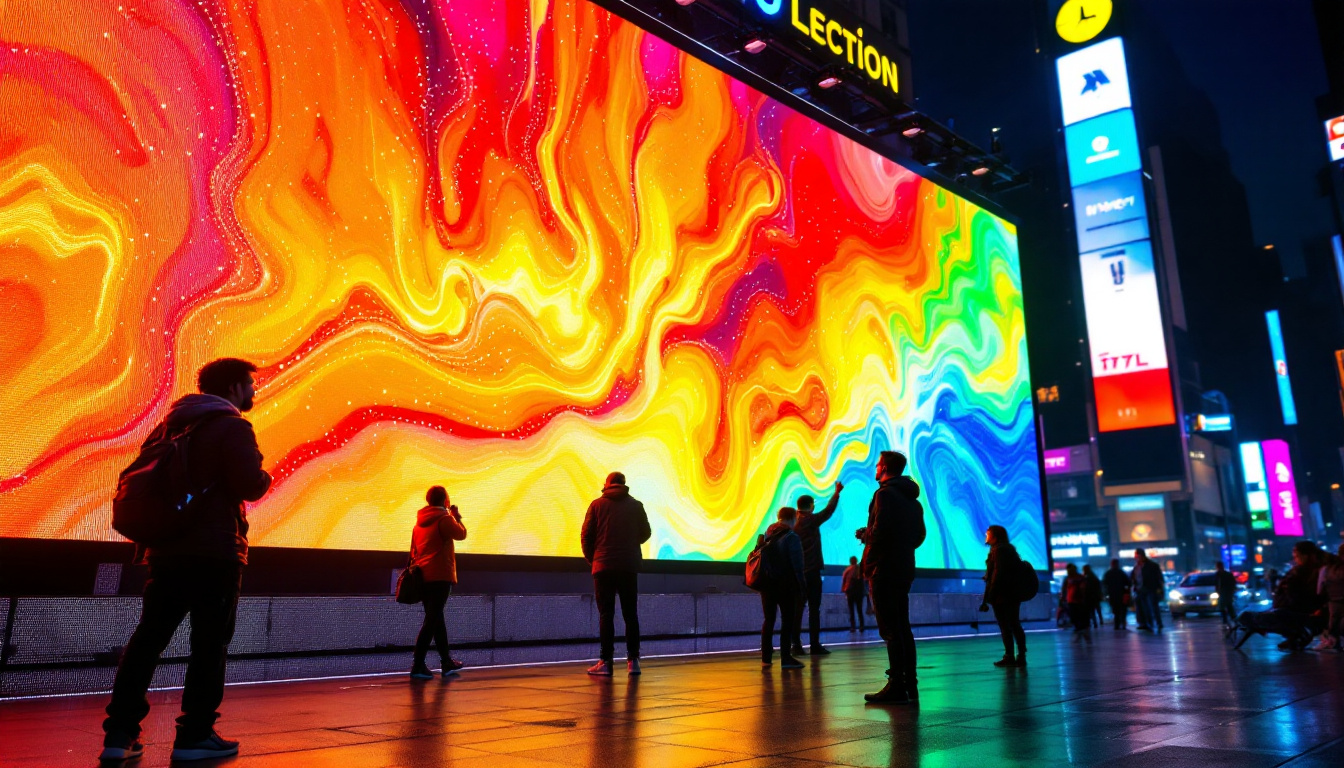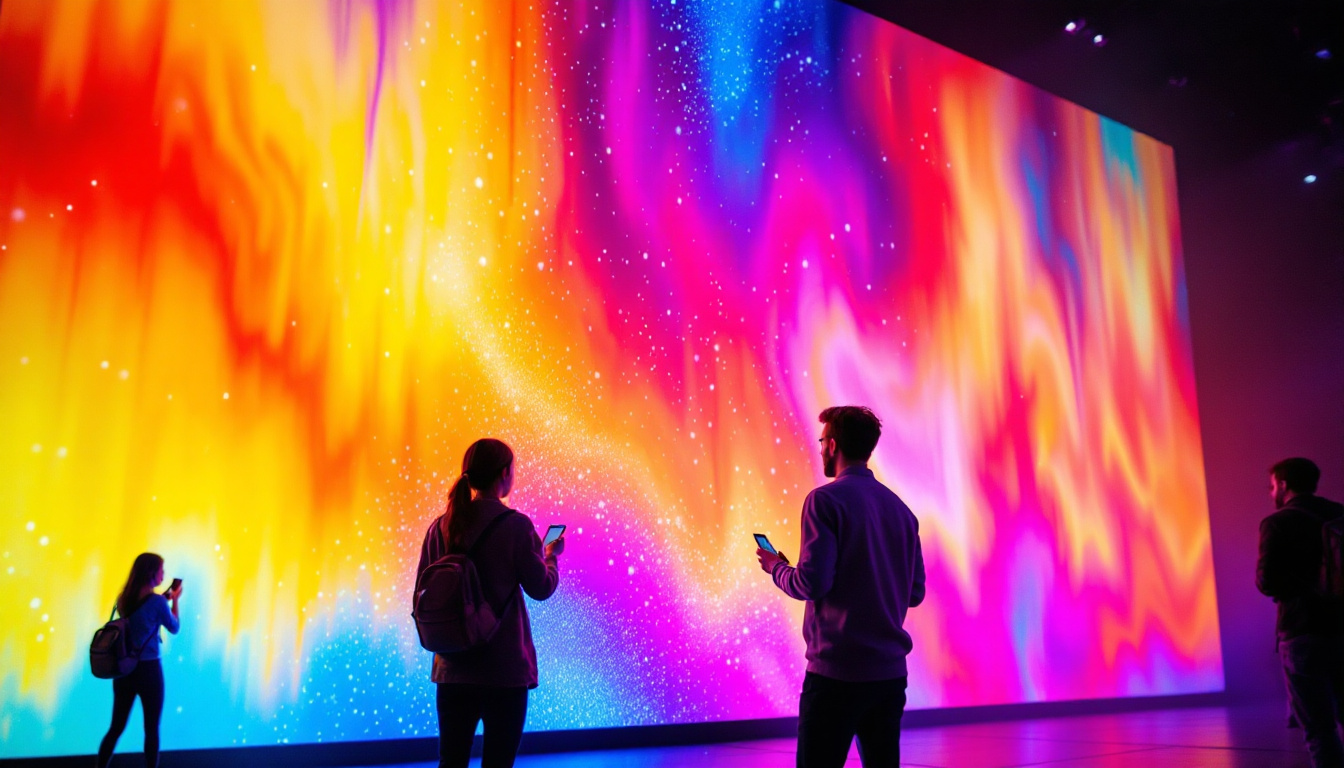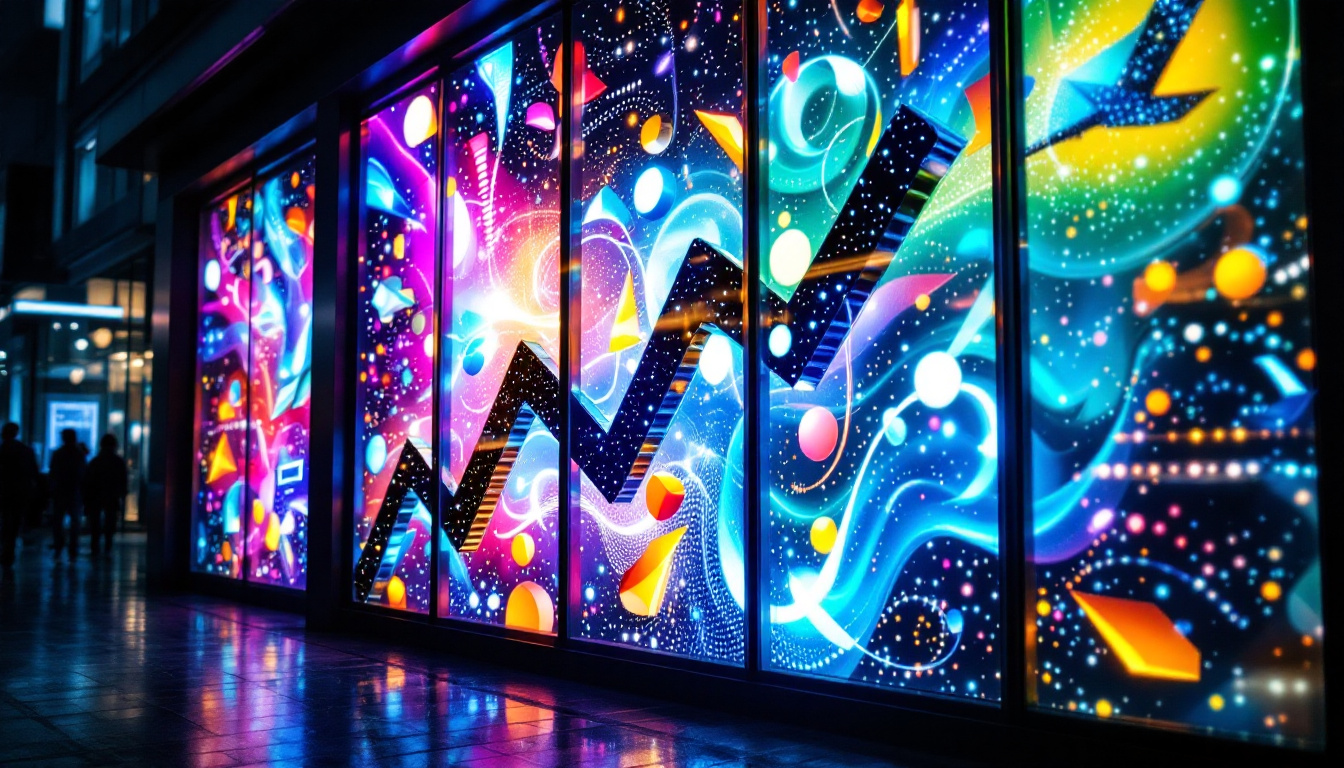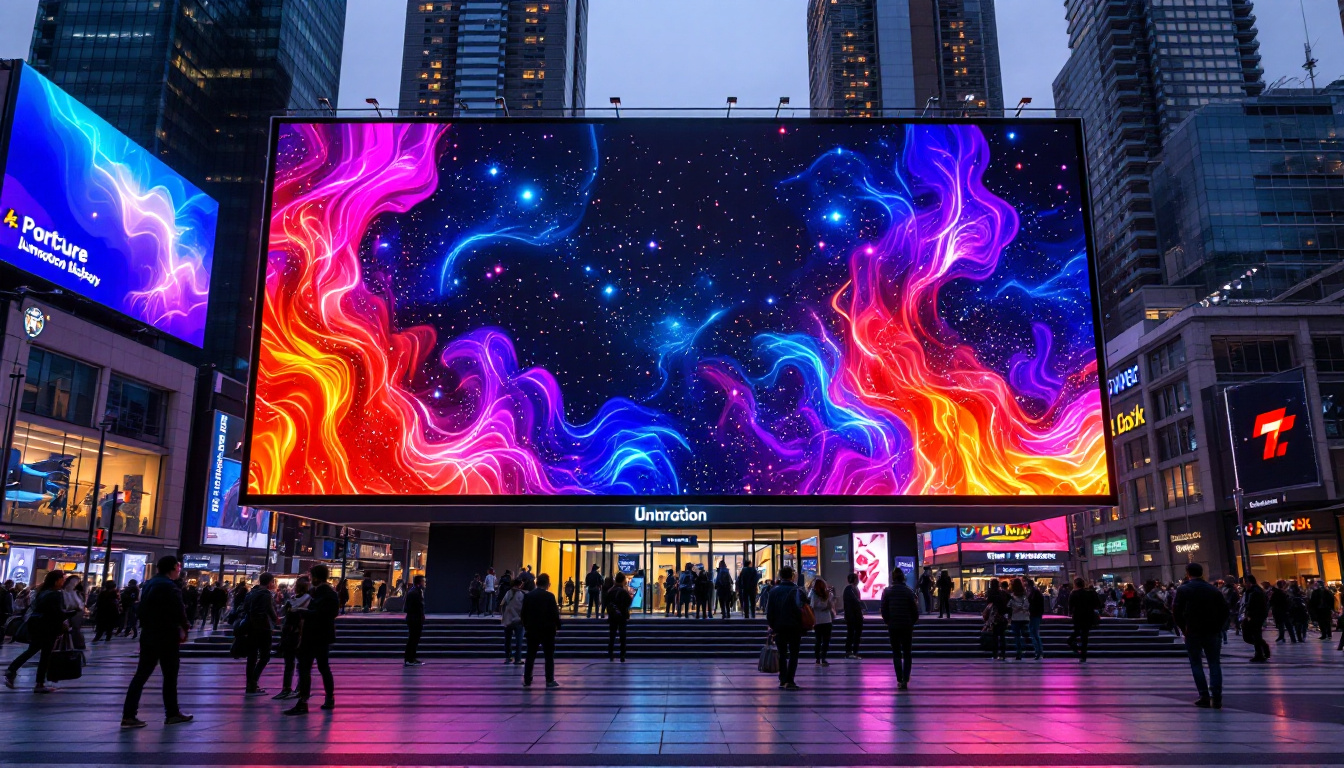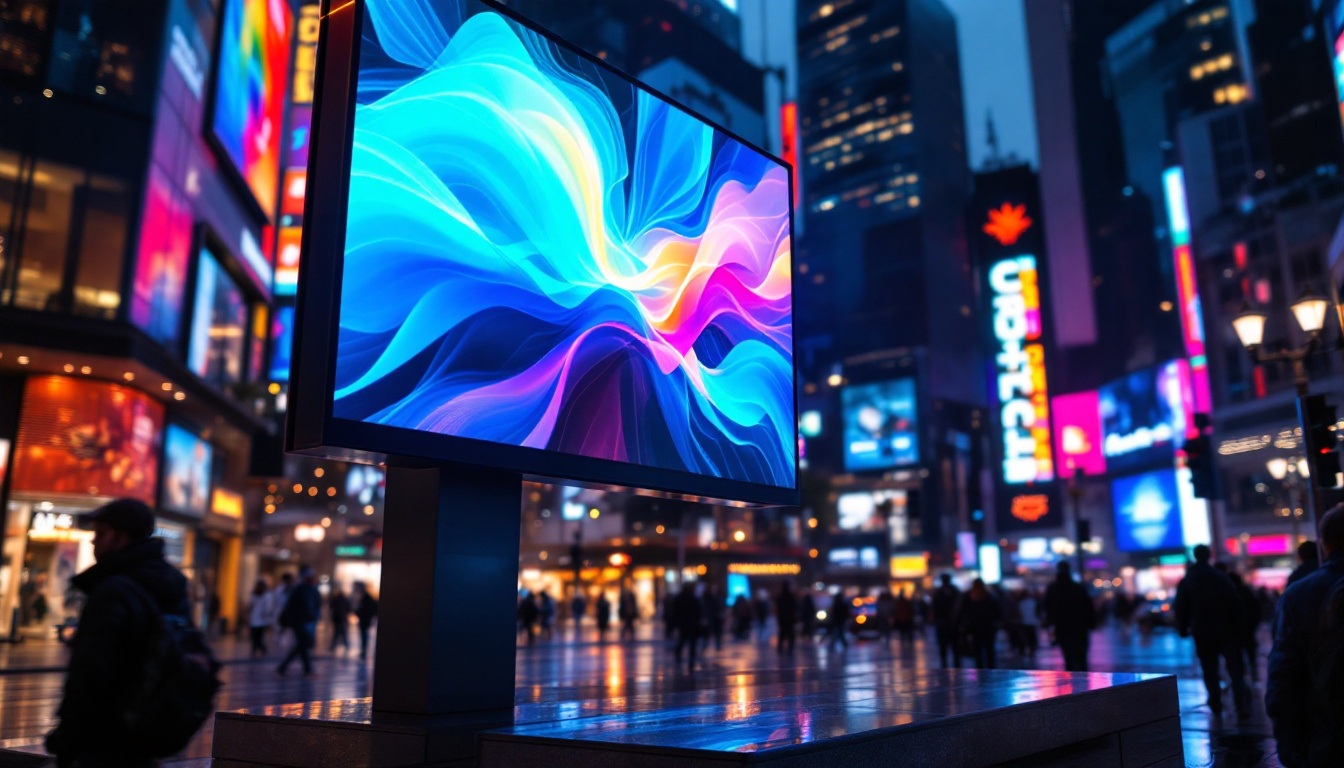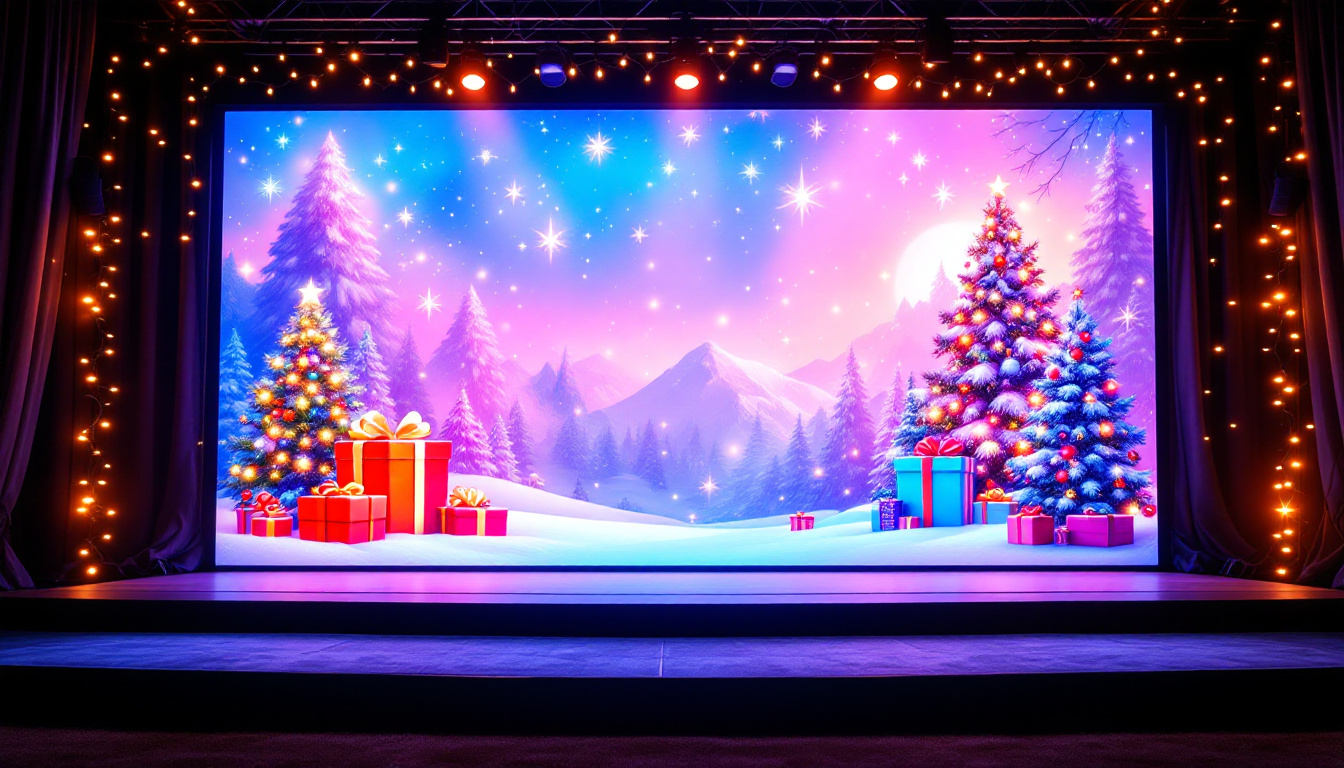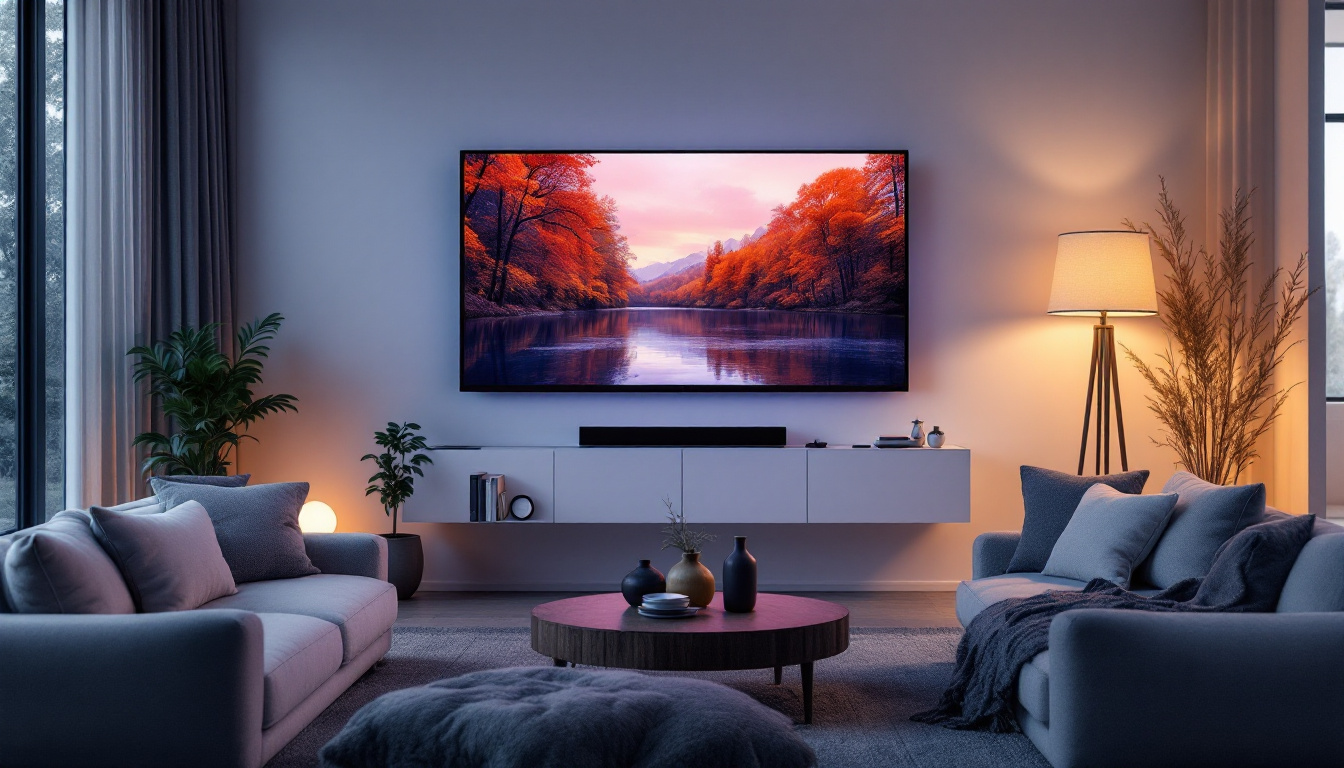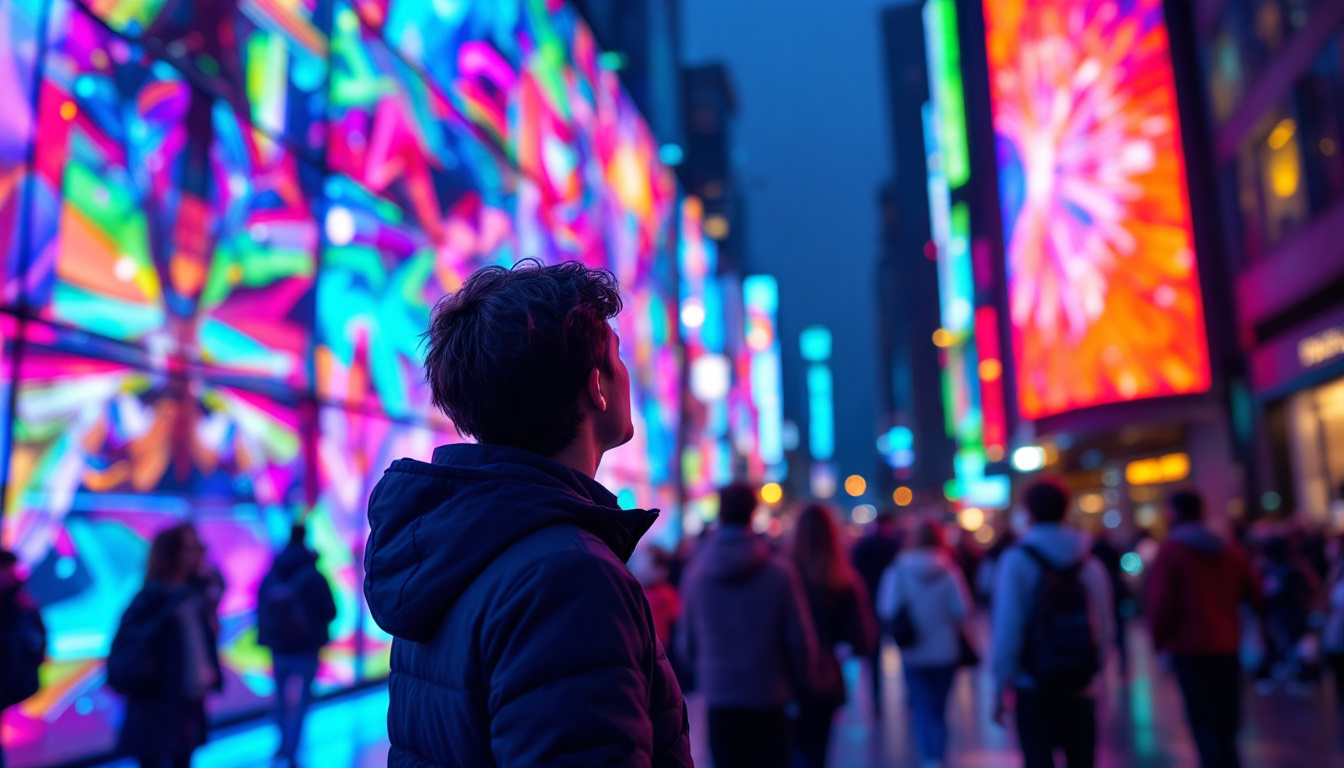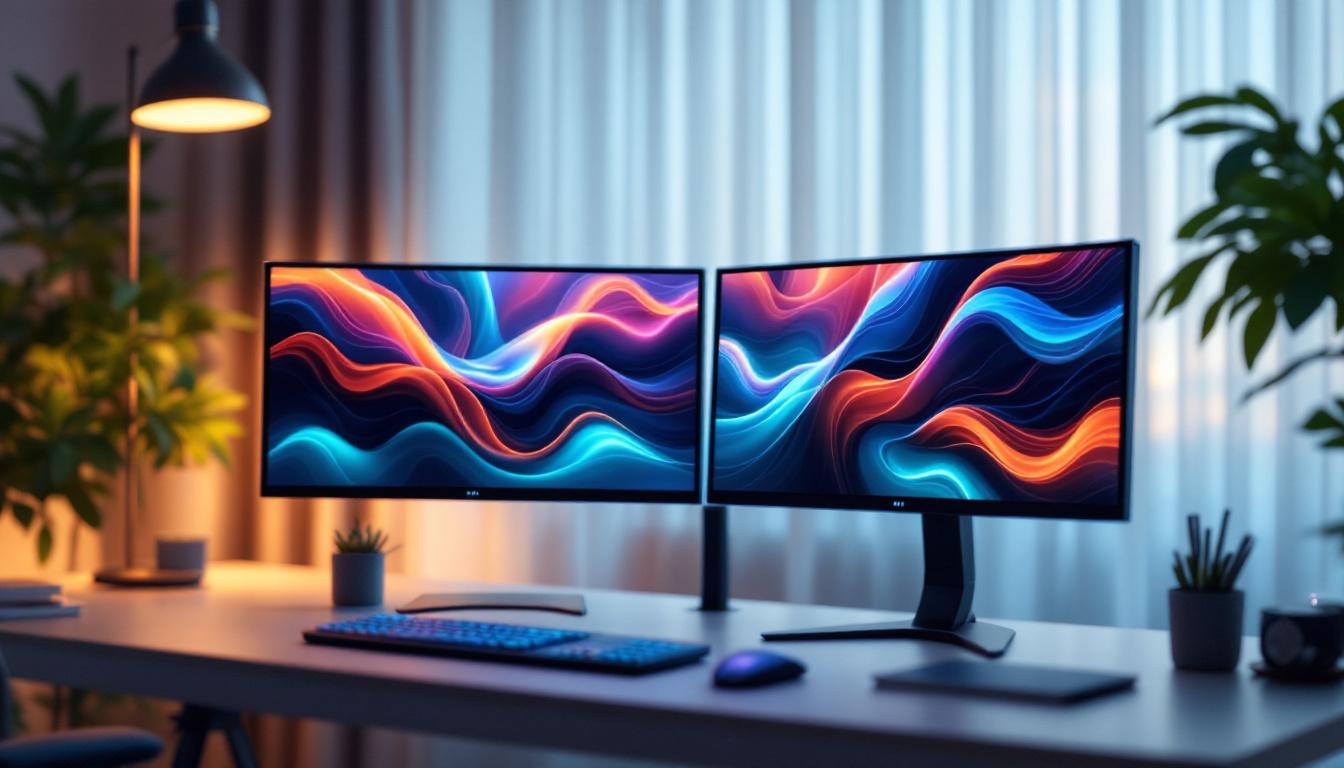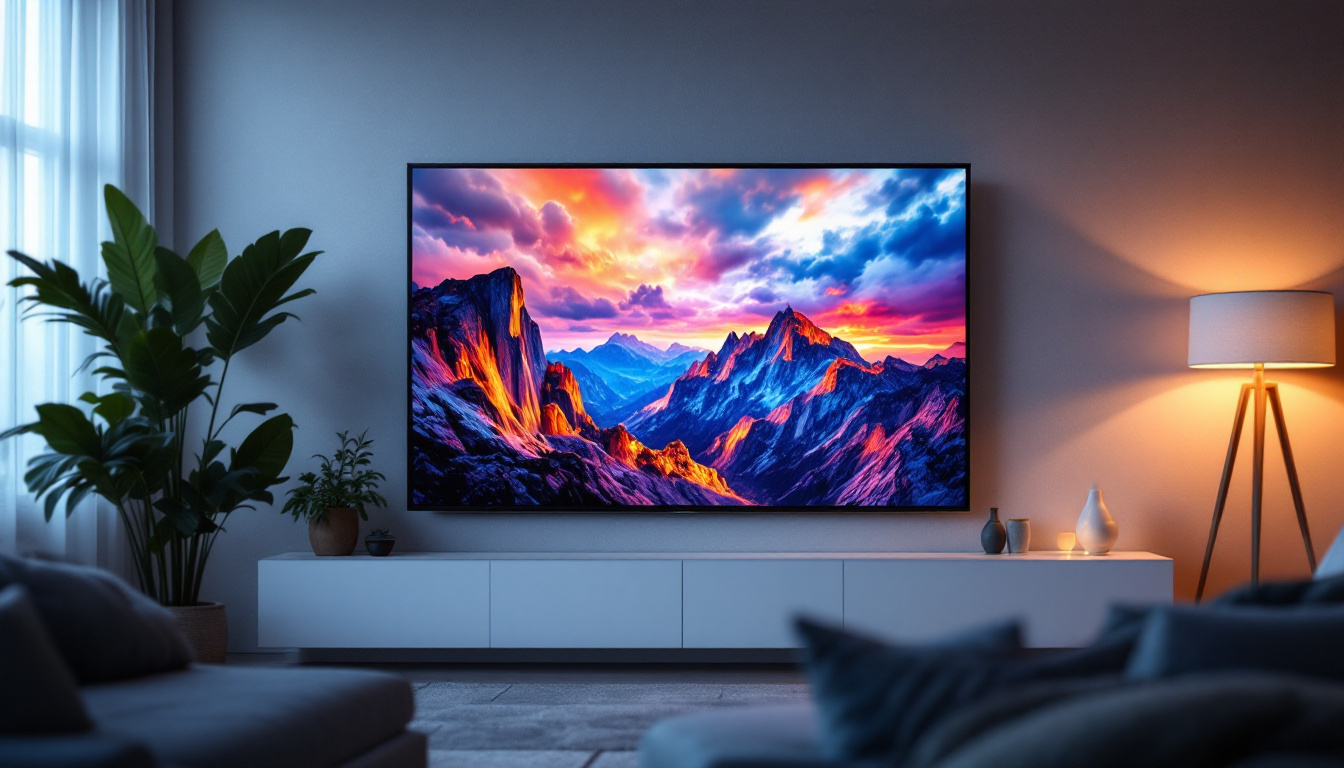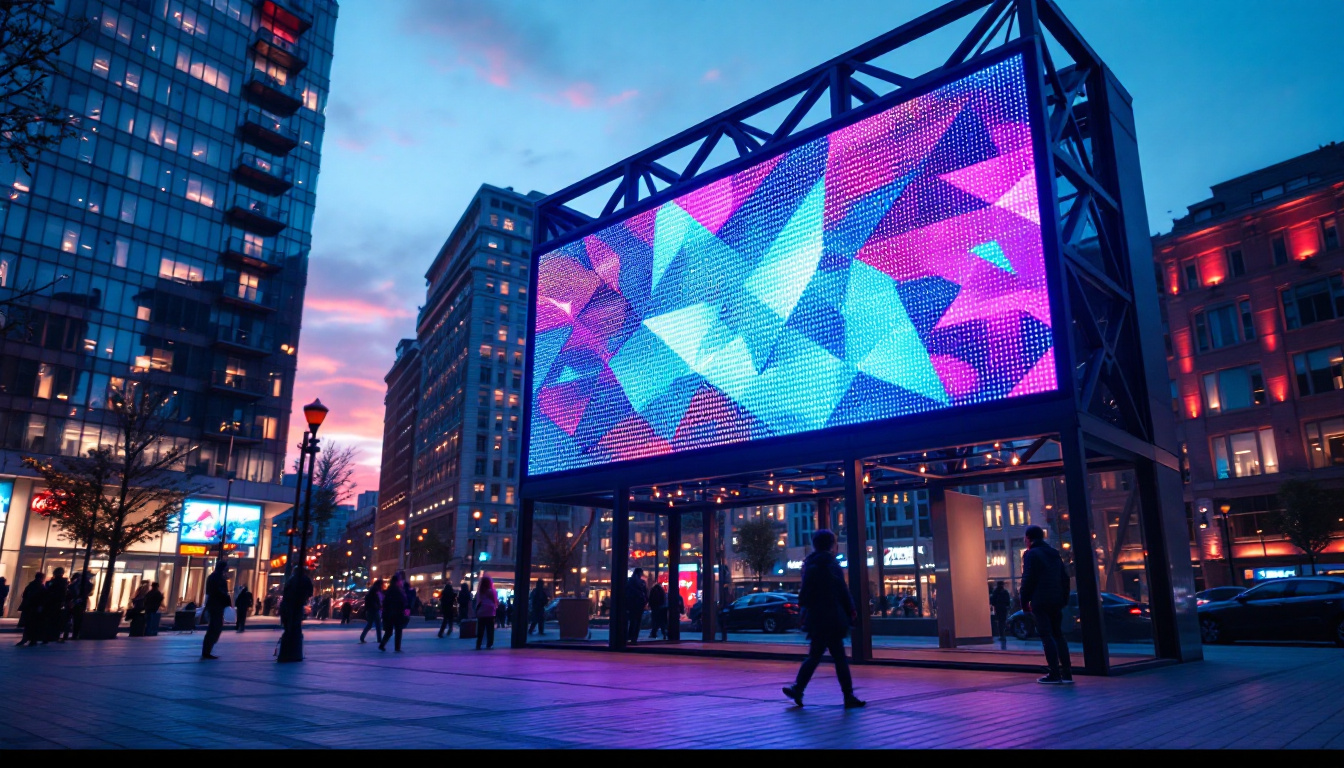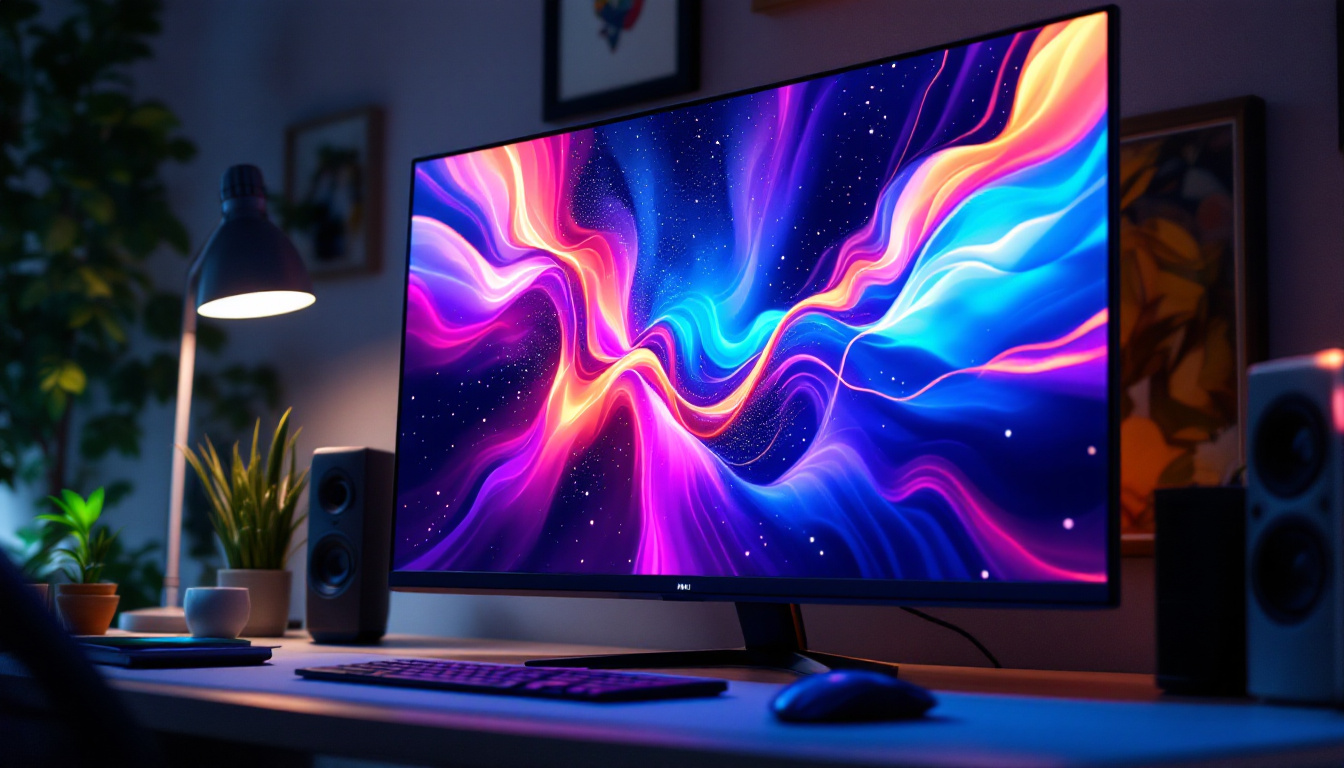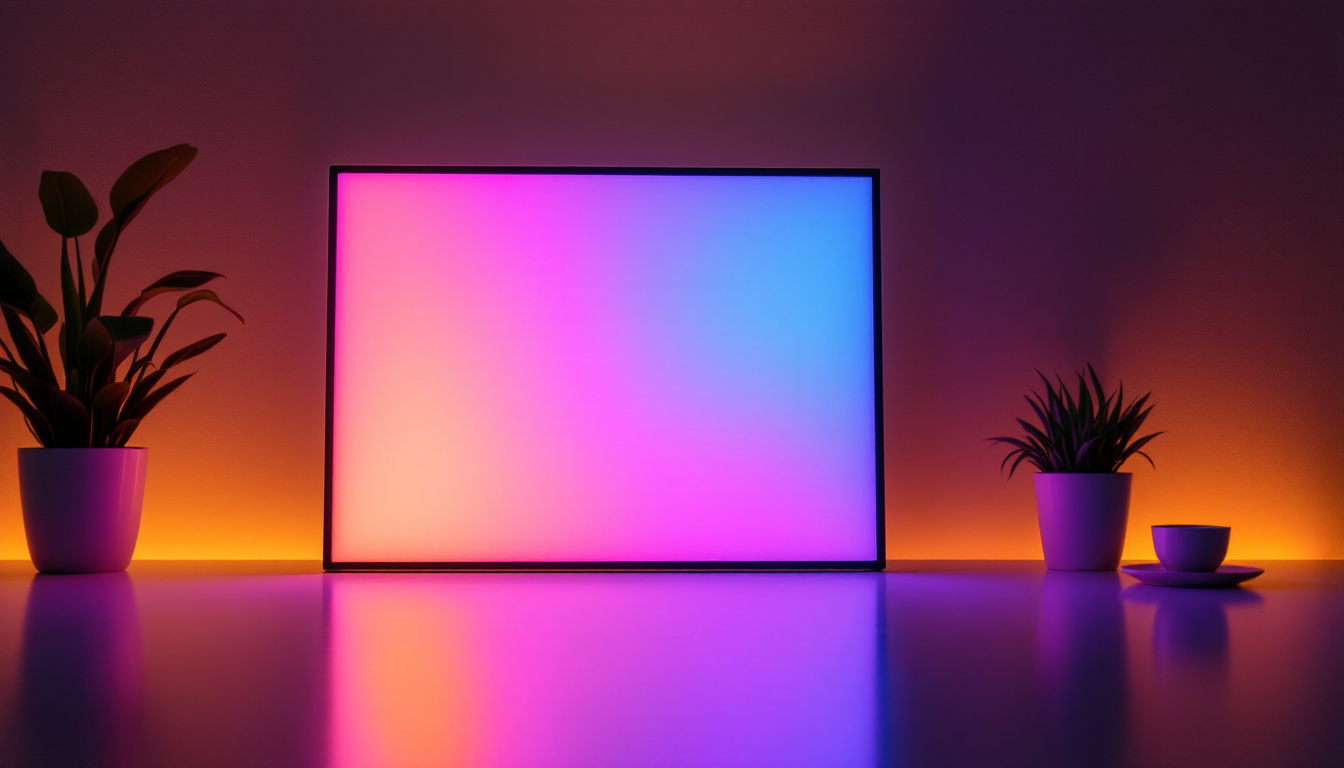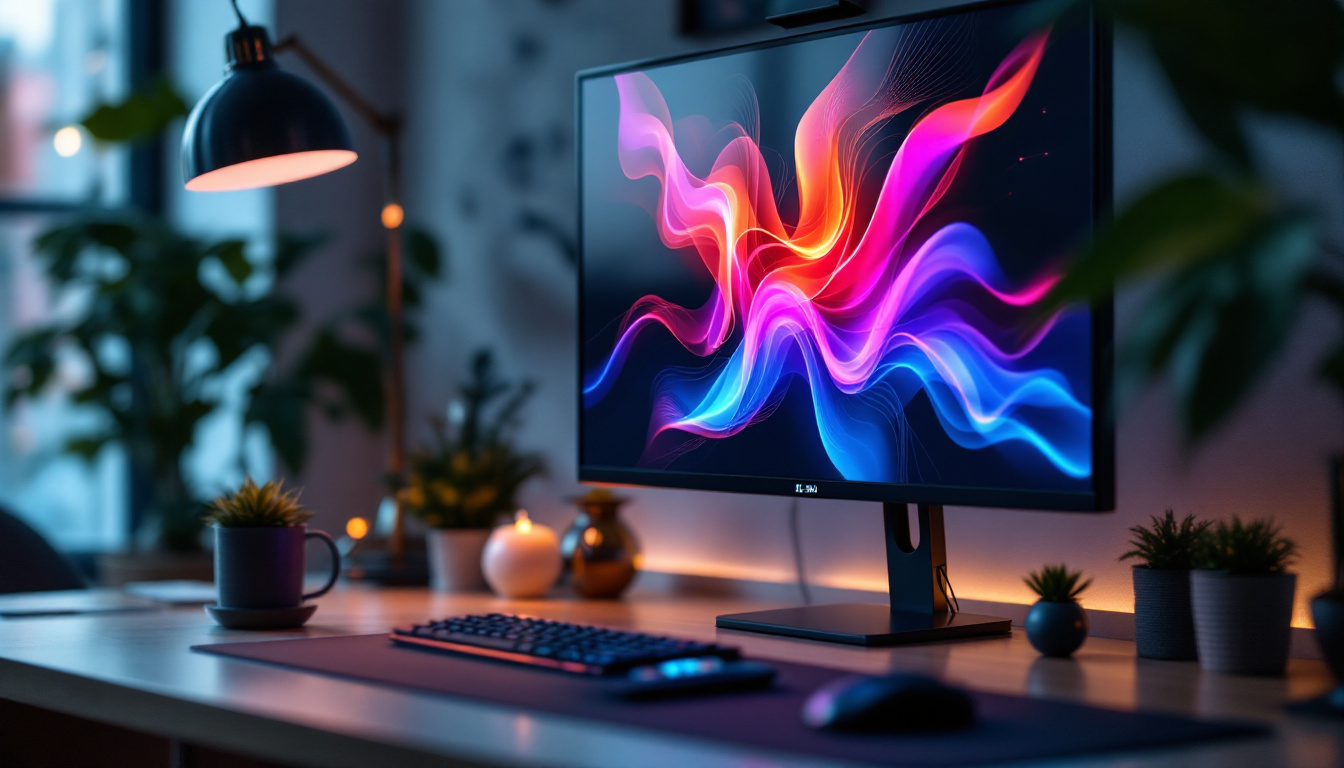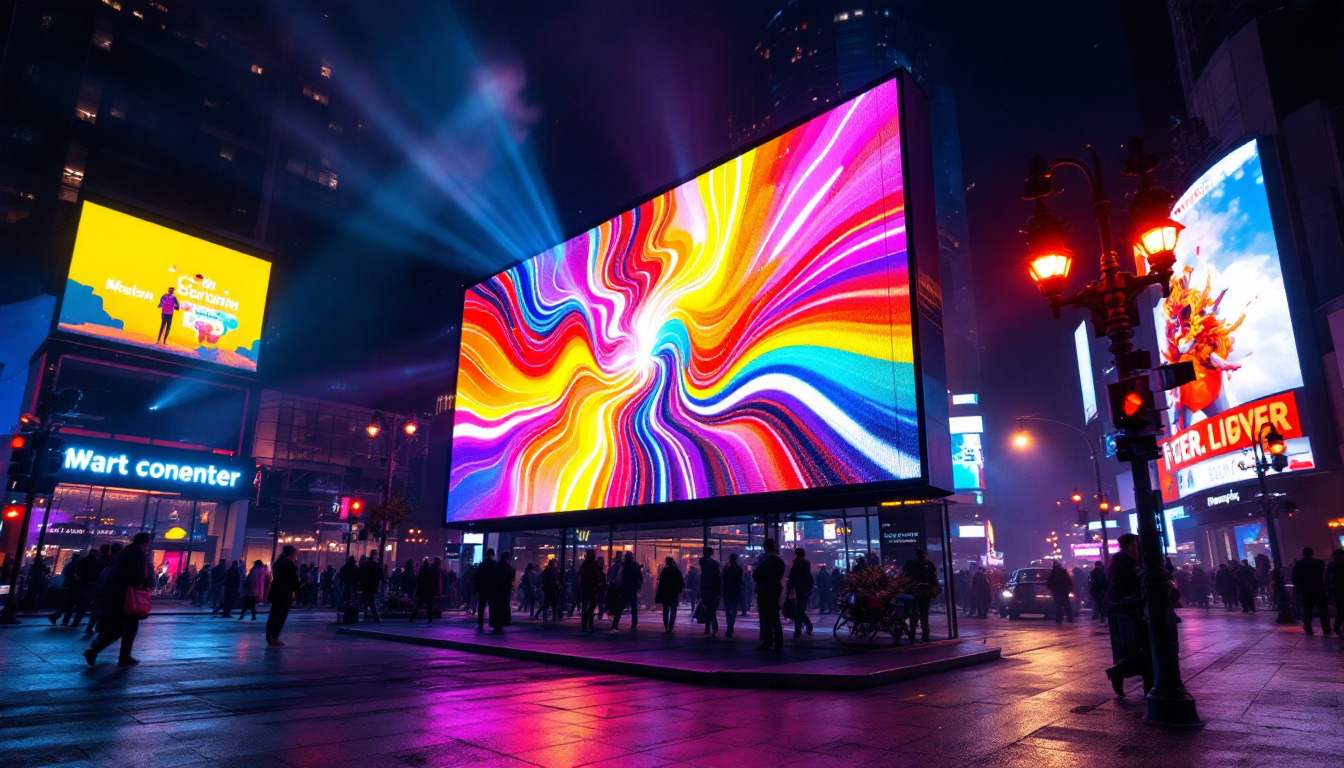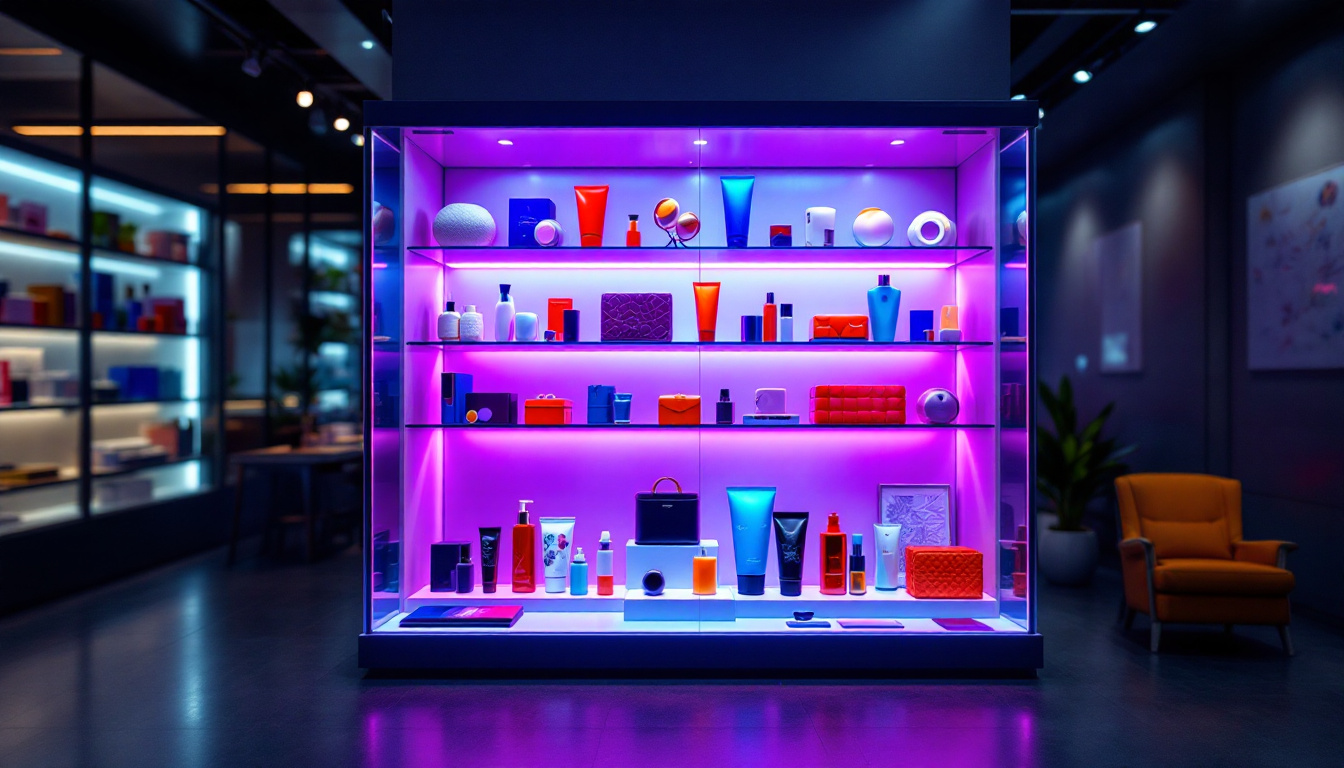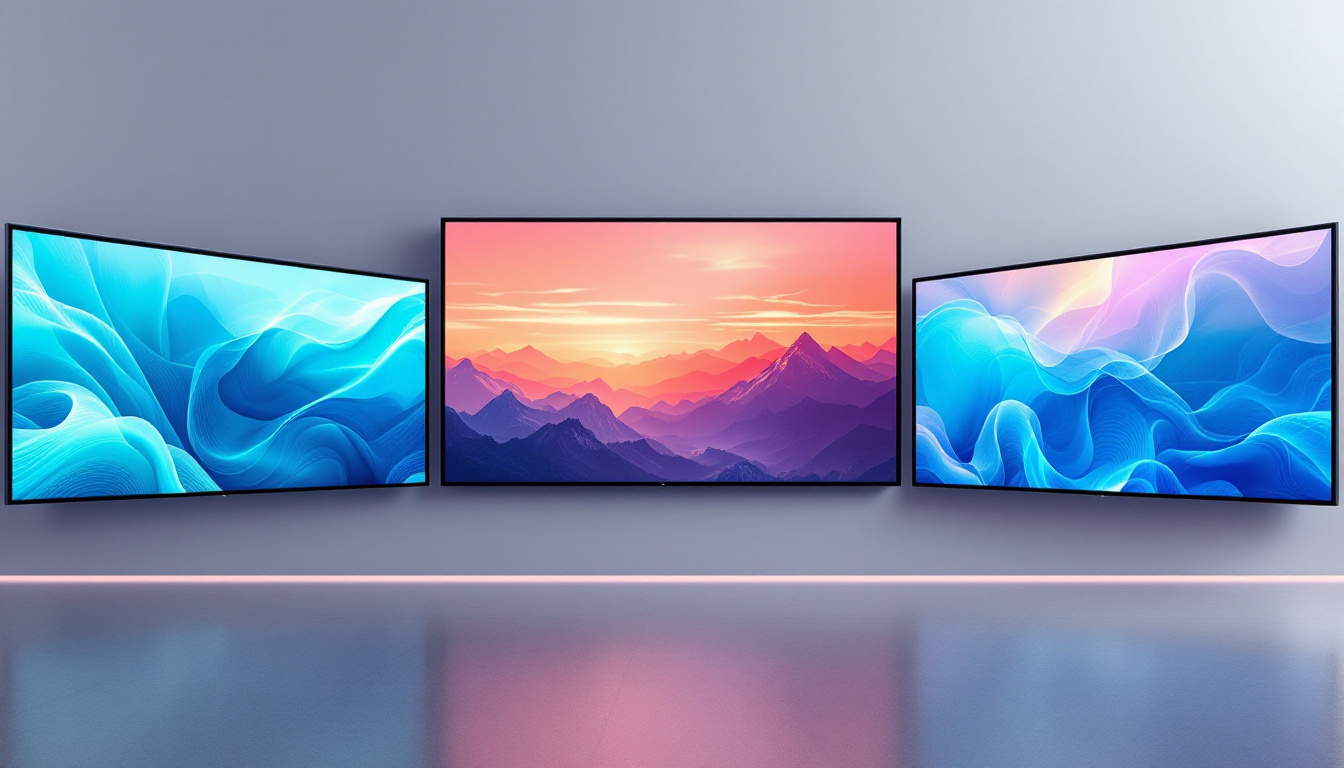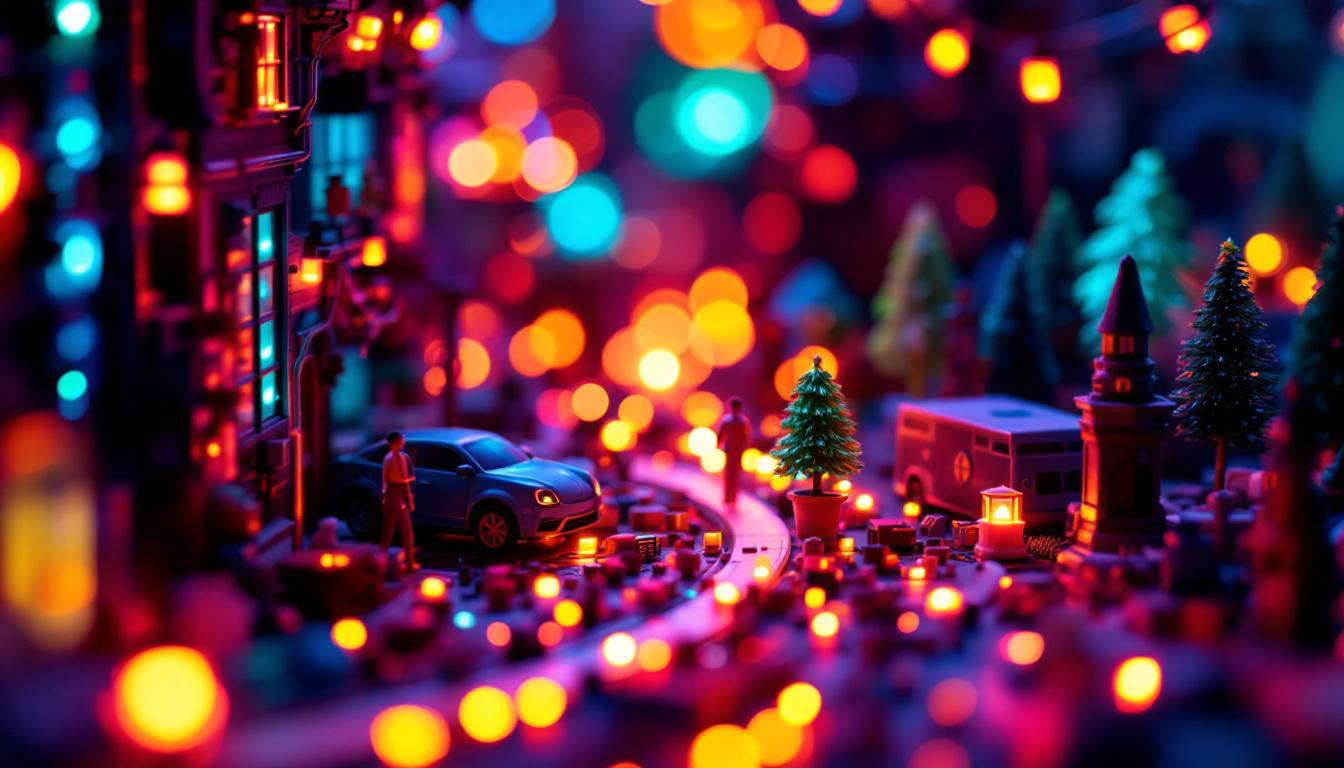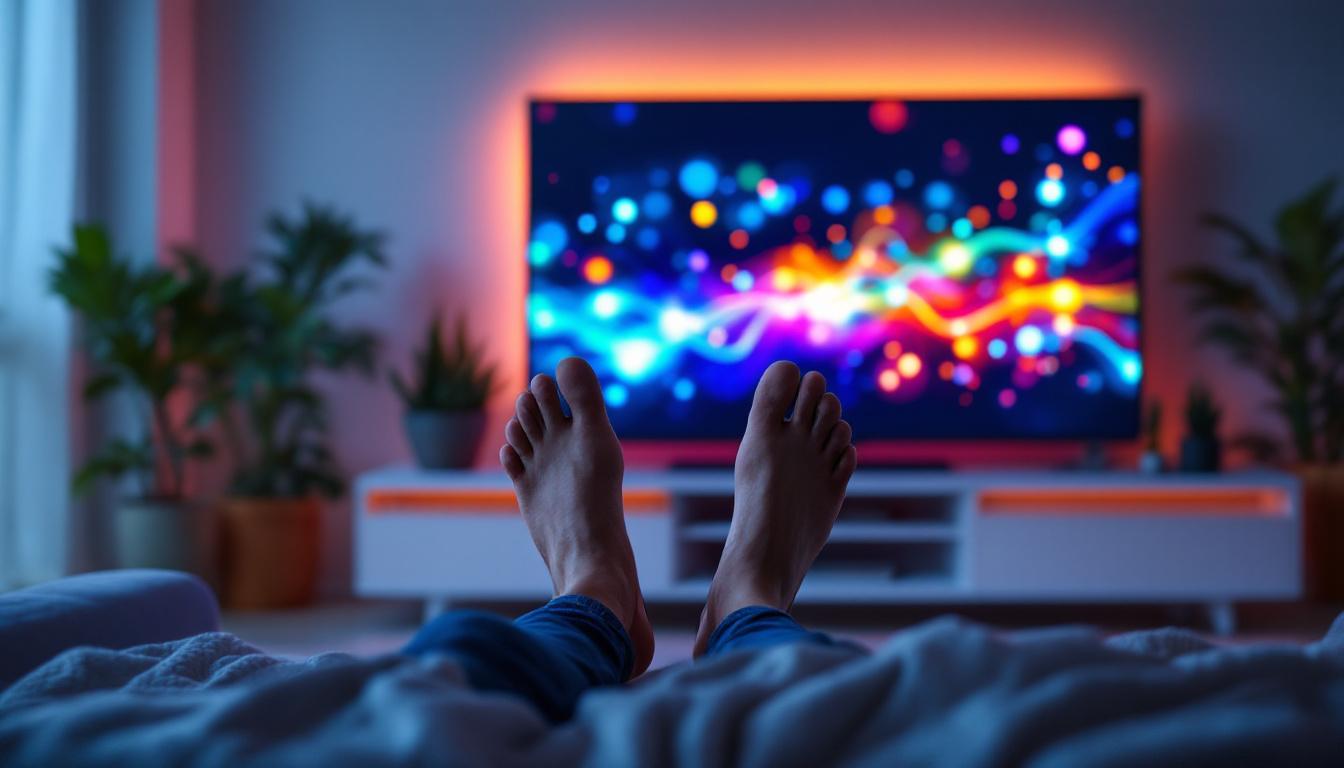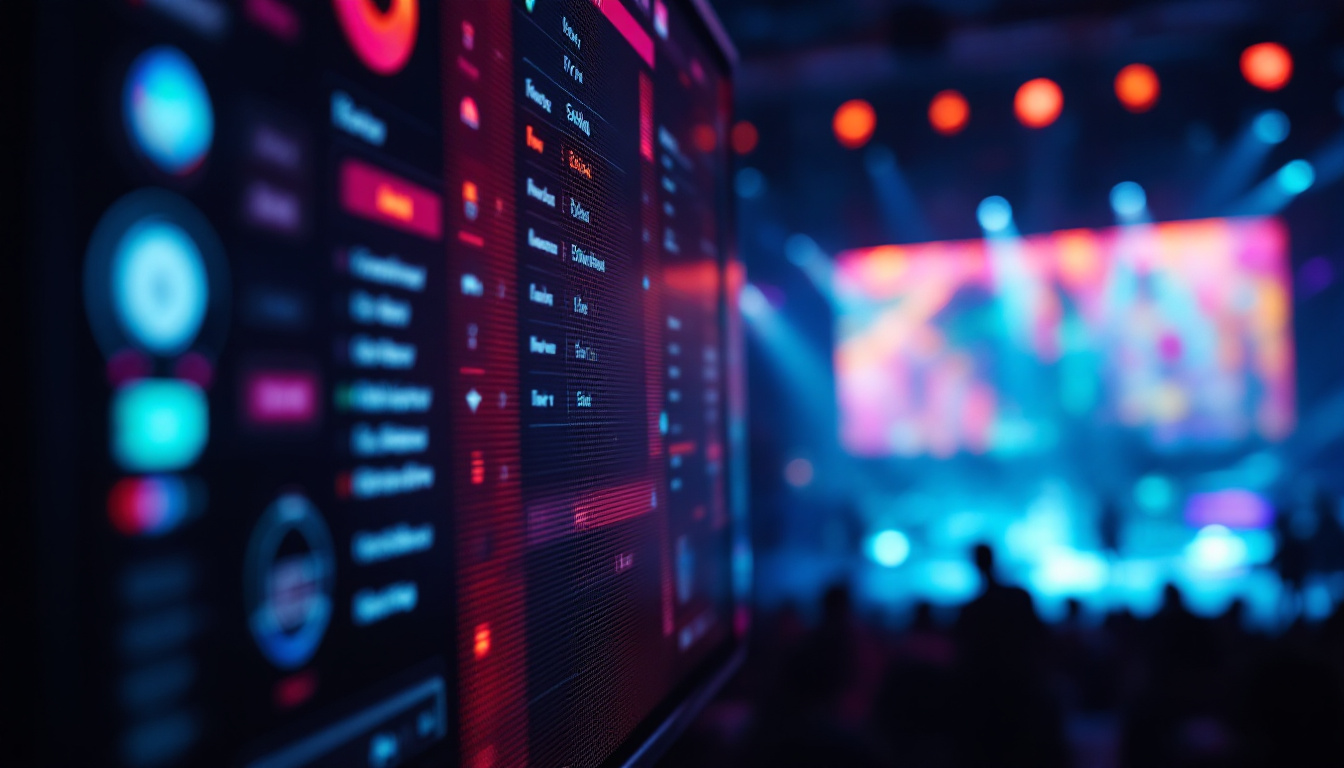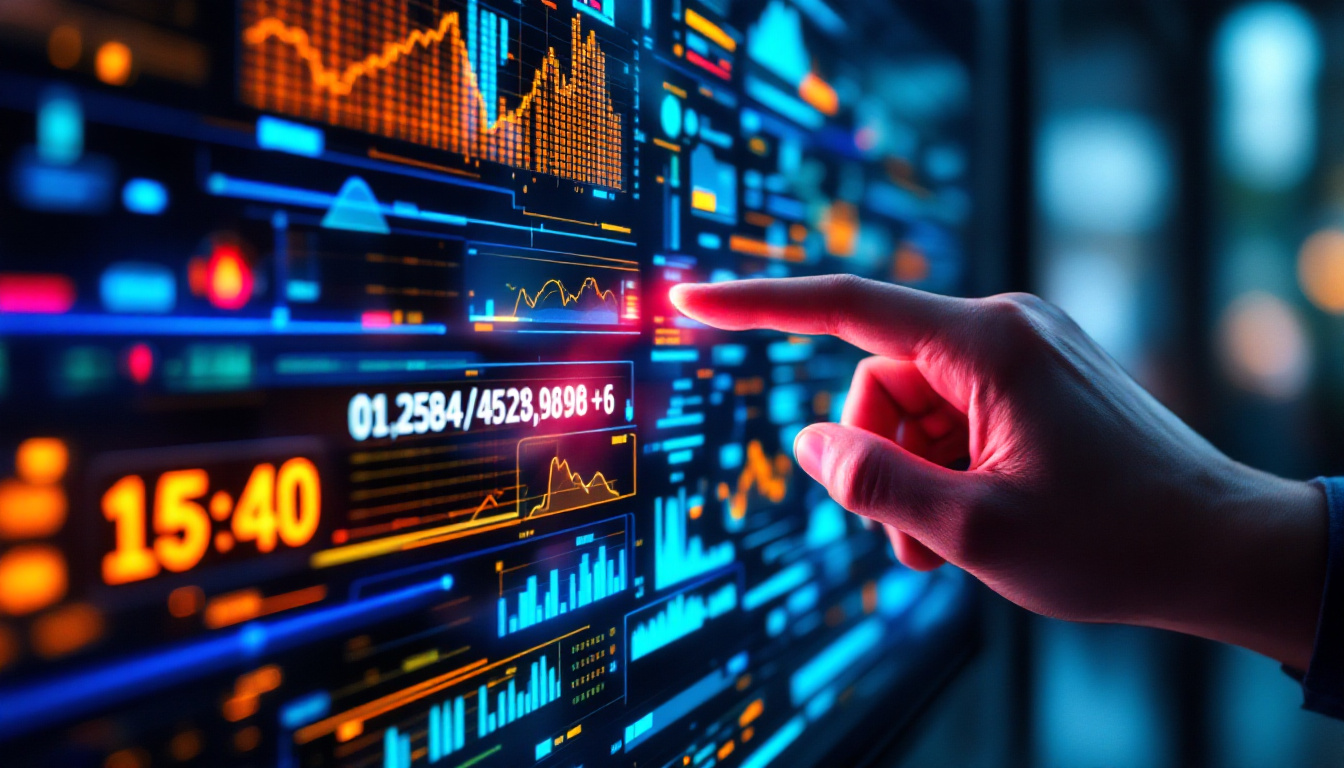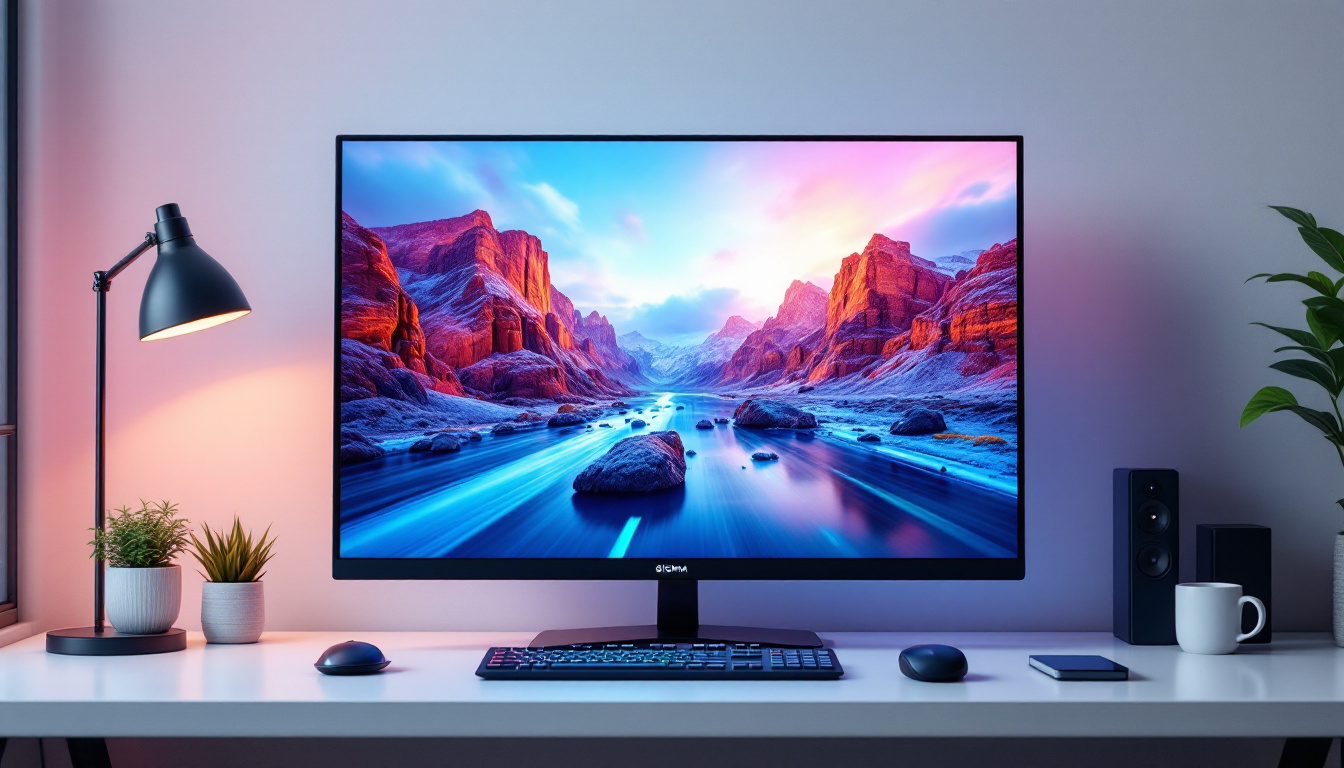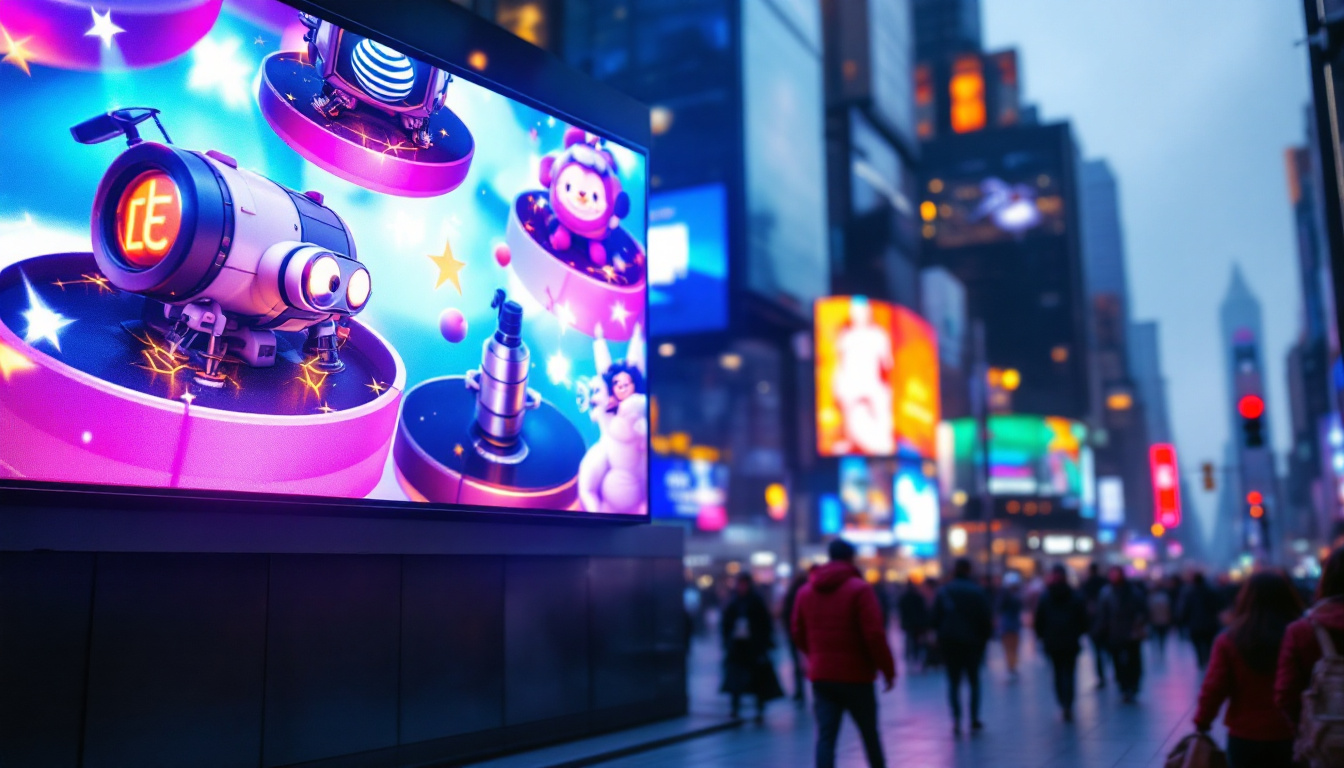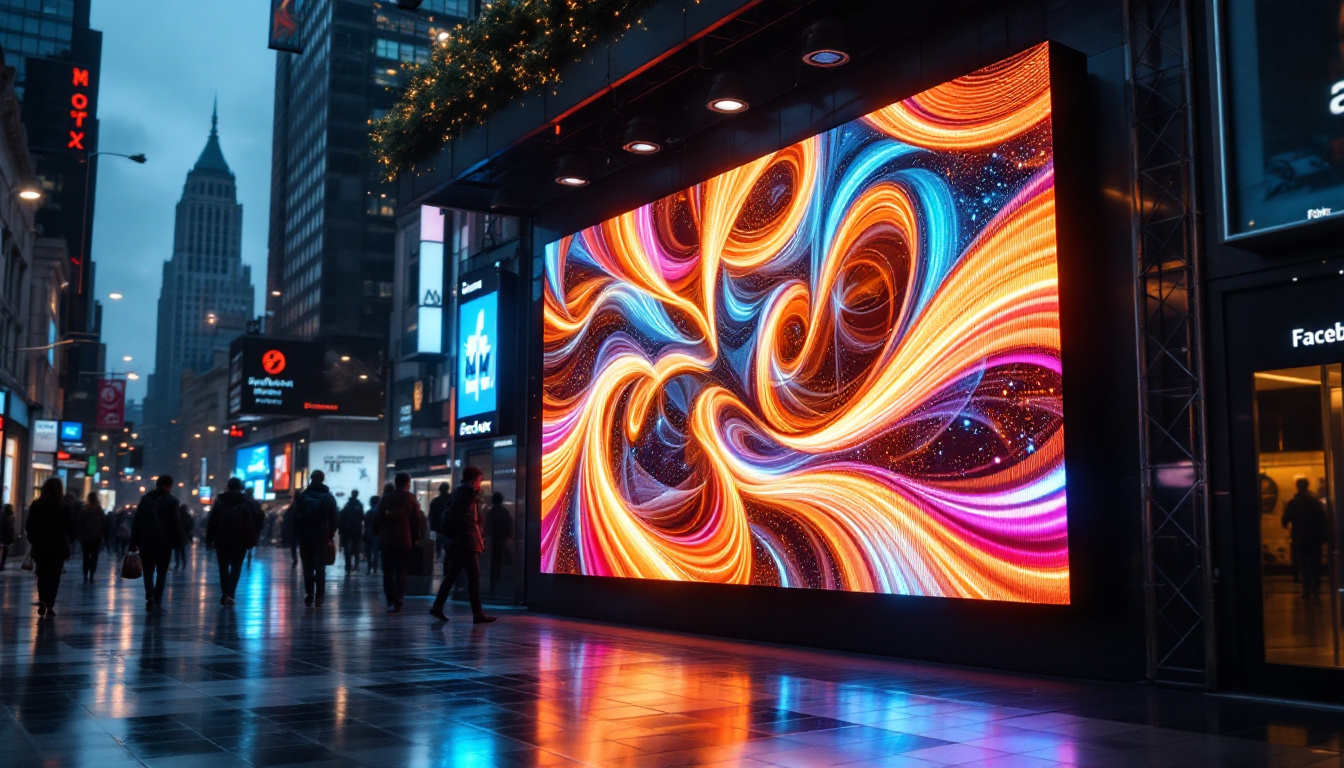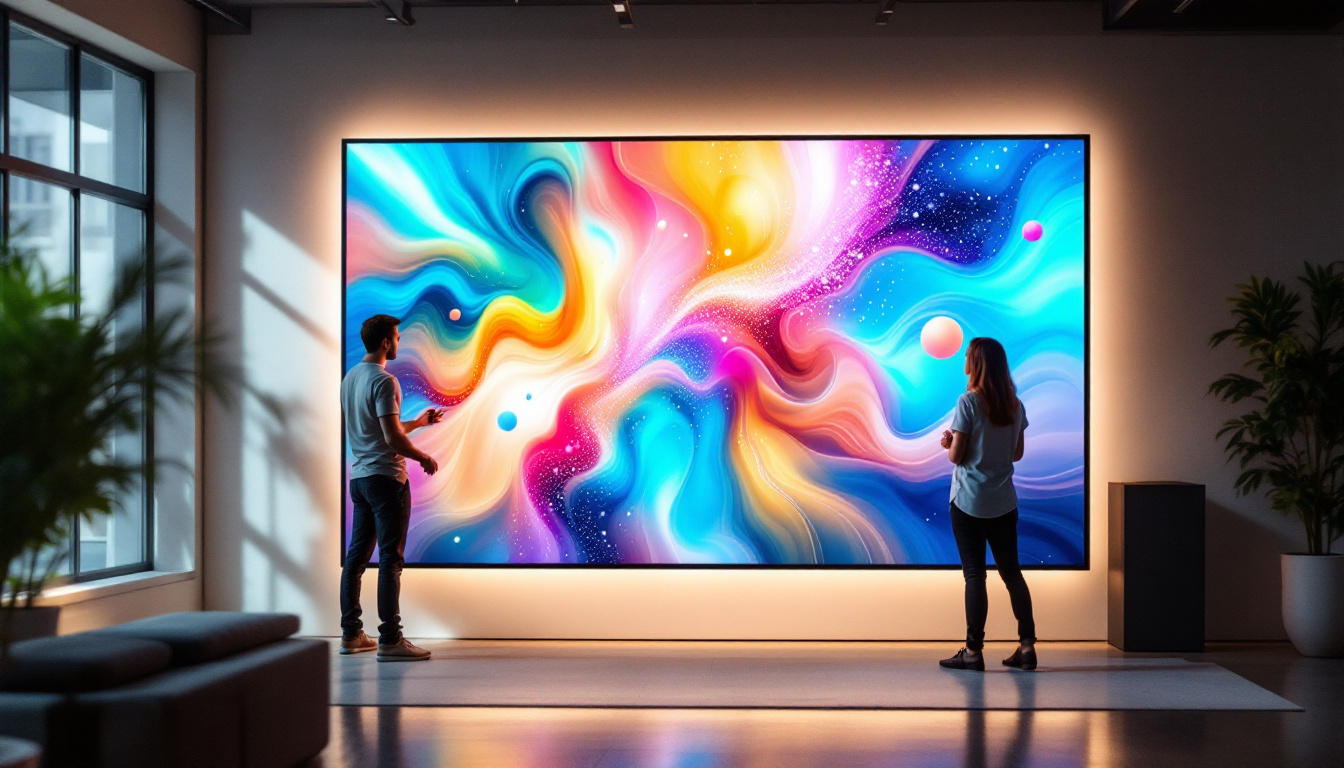Giant TV Screen: LED Display Explained
In the world of modern entertainment, the giant TV screen has become a centerpiece of home theaters, sports bars, and public venues. Among the various technologies available, LED displays have gained immense popularity due to their vibrant colors, energy efficiency, and versatility. This article delves into the intricacies of LED displays, exploring how they work, their advantages, and their applications in various settings.
Understanding LED Technology
Light Emitting Diodes (LEDs) are semiconductor devices that emit light when an electric current passes through them. This technology has revolutionized the way screens are designed and manufactured, leading to the development of LED displays that are not only more efficient but also provide superior image quality. The compact size and energy efficiency of LEDs have made them a popular choice for a wide range of applications, from household lighting to large-scale outdoor advertising displays.
How LED Displays Work
At the core of an LED display is a matrix of tiny LED bulbs. These bulbs can be arranged in various configurations to form different types of displays, such as full-color screens or monochrome panels. Each LED can produce a range of colors by combining red, green, and blue light in different intensities. This color mixing allows for the creation of millions of hues, resulting in stunning visuals. The precision with which these colors can be controlled is one of the key factors that contribute to the vibrant imagery seen in modern displays.
In a typical LED display, the arrangement of these LEDs can be either direct-lit or edge-lit. Direct-lit displays have LEDs positioned directly behind the screen, providing uniform brightness across the entire surface. Edge-lit displays, on the other hand, have LEDs positioned along the edges of the screen, using light guides to distribute the illumination. Both methods have their advantages, depending on the intended use of the display. For instance, direct-lit displays are often preferred for environments where consistent brightness is crucial, while edge-lit displays can be thinner and more aesthetically pleasing, making them ideal for sleek designs.
Types of LED Displays
LED displays come in various types, each suited for different applications. The most common types include:
- Standard LED Displays: These are the most widely used and are found in homes, offices, and public spaces. They offer excellent picture quality and are available in various sizes.
- OLED Displays: Organic Light Emitting Diodes (OLED) are a type of LED technology that provides deeper blacks and better contrast ratios. They are often used in high-end televisions, where the ability to turn off individual pixels results in true blacks and vibrant colors, enhancing the viewing experience significantly.
- MicroLED Displays: This emerging technology uses microscopic LEDs to create images. MicroLED displays promise even better performance and efficiency than traditional LED screens. They boast higher brightness levels and improved energy efficiency, making them a strong contender for the future of display technology.
Additionally, LED displays are also categorized based on their application, such as indoor versus outdoor displays. Outdoor LED displays are designed to withstand harsh weather conditions and are often used for billboards and large advertising screens. These displays typically feature higher brightness levels to ensure visibility in direct sunlight. Indoor LED displays, conversely, focus on providing high-resolution images in controlled environments, making them ideal for events, concerts, and conference presentations. The versatility of LED technology continues to expand, paving the way for innovative applications in various fields, including automotive displays and smart home devices.
Advantages of LED Displays
The rise of LED technology in display systems can be attributed to several compelling advantages. Understanding these benefits can help consumers and businesses make informed decisions when selecting a display solution.
Energy Efficiency
One of the standout features of LED displays is their energy efficiency. Compared to traditional LCD or plasma screens, LED displays consume significantly less power. This reduced energy consumption not only lowers electricity bills but also contributes to a smaller carbon footprint, making them an environmentally friendly choice. In fact, many businesses have reported substantial savings on energy costs after transitioning to LED displays, which can be reinvested into other areas of their operations. Additionally, the lower heat output of LED technology reduces the need for extensive cooling systems, further enhancing energy savings and promoting a more sustainable environment.
Brightness and Color Accuracy
LED displays are known for their exceptional brightness levels, making them suitable for a variety of environments, from dimly lit rooms to bright outdoor settings. The ability to produce vibrant colors with high accuracy enhances the viewing experience, whether it’s for watching movies, playing video games, or displaying advertisements. Moreover, advancements in LED technology have led to the development of HDR (High Dynamic Range) displays, which can showcase a wider range of colors and contrast, providing a more immersive experience. This capability is particularly beneficial in professional settings, such as graphic design and video production, where color precision is critical for achieving the desired visual outcomes.
Longevity and Durability
LED technology is inherently more durable than other display technologies. LED screens have a longer lifespan, often exceeding 50,000 hours of use. This longevity means less frequent replacements and lower maintenance costs, making them a cost-effective investment in the long run. Additionally, LED displays are more resistant to shock and vibration, making them ideal for use in high-traffic areas or mobile applications, such as digital signage in public transport systems. Their robust nature ensures that they can withstand the rigors of daily use, providing reliable performance without the worry of frequent repairs or downtime.
Furthermore, many LED displays are designed with weather-resistant features, allowing them to function effectively in outdoor environments. This durability extends their applicability beyond traditional indoor settings, enabling businesses to utilize them for outdoor advertising, concerts, and sporting events. As a result, LED displays have become a popular choice for companies looking to maximize their visibility and engagement with customers in various settings.
Applications of LED Displays
The versatility of LED displays allows them to be used in a wide range of applications. From personal use in homes to large-scale installations in public venues, LED technology has transformed how visual content is presented.
Home Entertainment
In the realm of home entertainment, LED displays have become the standard choice for televisions. With the ability to produce stunning visuals and support high-definition content, they provide an immersive viewing experience. Features such as smart connectivity and integration with home automation systems further enhance their appeal.
Commercial Use
Businesses have embraced LED displays for advertising and information dissemination. Digital signage powered by LED technology allows companies to display dynamic content that can be easily updated. This flexibility is particularly beneficial in retail environments, where promotional messages can be tailored to specific audiences and times.
Public Venues and Events
LED displays are a common sight at concerts, sporting events, and festivals. Large-scale LED screens are used to broadcast live feeds, advertisements, and visual effects, creating engaging experiences for audiences. Their high brightness and clarity ensure that content is visible even in bright outdoor conditions.
Challenges and Considerations
While LED displays offer numerous advantages, there are also challenges and considerations to keep in mind. Understanding these factors is crucial for making informed decisions about LED technology.
Cost Implications
Although the prices of LED displays have decreased over the years, they can still be more expensive than traditional display technologies. This initial investment can be a barrier for some consumers and small businesses. However, it is essential to consider the long-term savings associated with energy efficiency and durability when evaluating the overall cost.
Viewing Angles
Another consideration is the viewing angle of LED displays. While many modern LED screens offer improved viewing angles, some models may still exhibit color distortion or brightness loss when viewed from extreme angles. It is important to assess the intended viewing environment and choose a display that meets those requirements.
Heat Generation
LED displays can generate heat during operation, which may affect performance and longevity if not properly managed. Adequate ventilation and cooling systems are essential, especially for larger installations. This aspect should be taken into account when planning the placement and installation of LED displays.
Future Trends in LED Technology
The future of LED technology is bright, with ongoing advancements promising to enhance performance and expand applications. Several trends are emerging that could shape the future of LED displays.
Integration with Smart Technology
As smart home technology continues to evolve, the integration of LED displays with smart systems is becoming increasingly common. This integration allows for seamless control of displays through mobile devices or voice commands, enhancing user convenience and functionality.
Advancements in MicroLED and OLED
MicroLED and OLED technologies are at the forefront of display innovation. MicroLED displays, in particular, offer the potential for even higher resolutions and better energy efficiency. As these technologies mature, they may redefine the standards for visual quality and performance.
Sustainability Initiatives
With growing concerns about environmental impact, manufacturers are focusing on sustainability in LED production. This includes using eco-friendly materials, reducing waste during manufacturing, and improving recyclability. As consumers become more environmentally conscious, these initiatives will likely influence purchasing decisions.
Conclusion
LED displays have transformed the landscape of visual technology, offering a combination of vibrant colors, energy efficiency, and versatility. From home entertainment systems to commercial applications and public venues, the impact of LED technology is undeniable. While challenges exist, the benefits far outweigh the drawbacks, making LED displays an excellent choice for a wide range of uses.
As technology continues to advance, the future of LED displays looks promising. With ongoing innovations and a focus on sustainability, LED technology will likely remain at the forefront of visual display solutions for years to come. Embracing this technology not only enhances the viewing experience but also supports a more energy-efficient and environmentally friendly future.
Discover the Future of Visual Displays with LumenMatrix
Ready to elevate your visual experience with the latest in LED technology? LumenMatrix is at the forefront of LED innovation, offering a diverse range of solutions tailored to meet your needs. Whether you’re looking for Indoor LED Walls, Outdoor Displays, or specialized solutions like Vehicle LED Displays and LED Sports Displays, LumenMatrix has you covered. Embrace the future of vibrant, energy-efficient, and versatile display technology. Check out LumenMatrix LED Display Solutions today and transform the way you share your message with the world.

